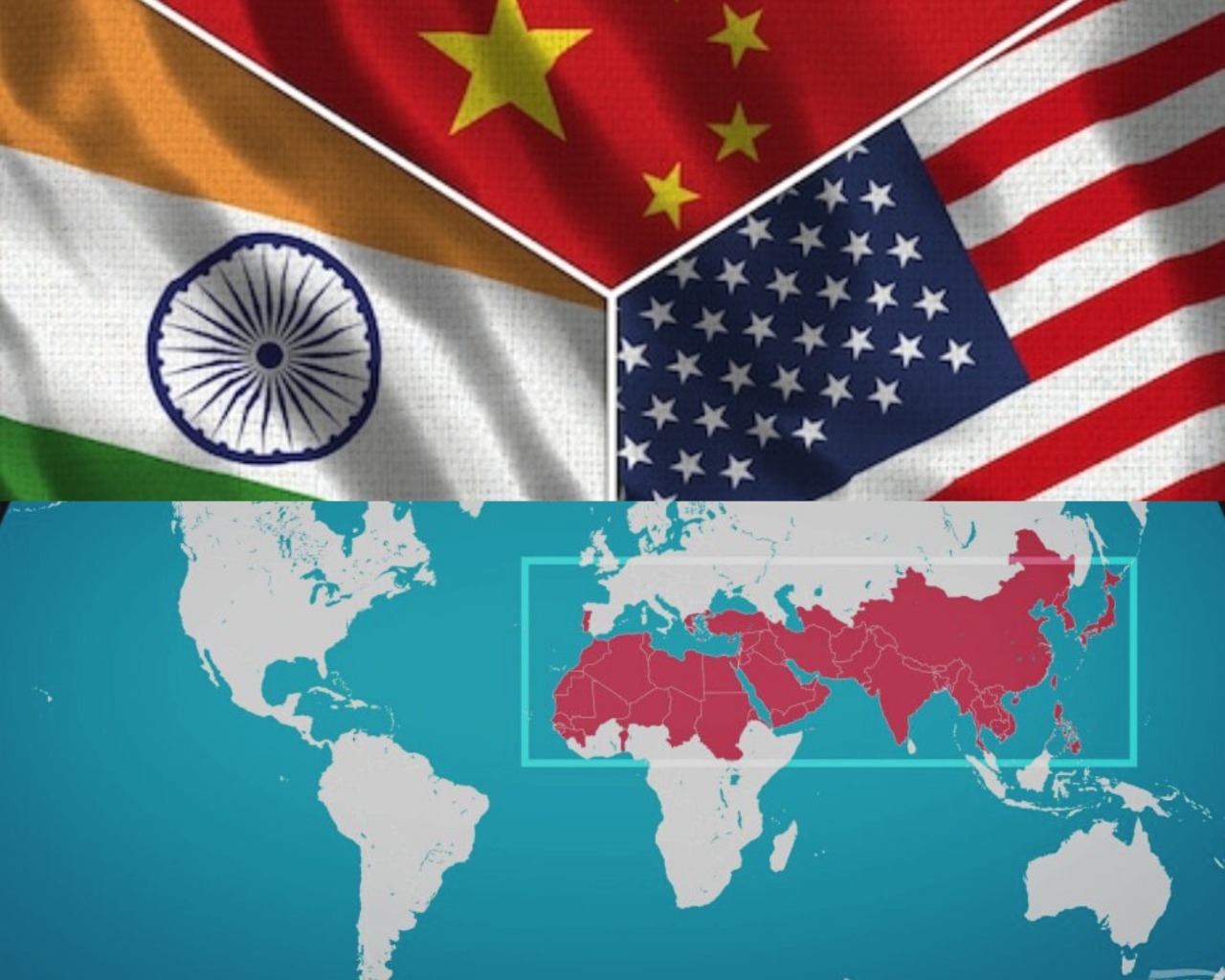| Date: 13-Dec-2022 |

Recently, the United States Commission on International Religious Freedom report was published and to many it felt like a political defeat when India was not included in the final list of ‘countries of particular concern” which was recommended by the Commission, but subsequently disapproved by the Secretary of State. Such a development came with great dismay to many evangelical groups of the US to whom many American politicians turn for campaign funds. For instance, one Baptist World Alliance, an umbrella organisation with a lot of stake in India lobbied throughout the year to have India listed under “countries of particular concern”. “Religious freedom” as a terminology which is integral to the lexicon of the big church and evangelists, is a euphemism suggesting the extent of freedom in proselytization and stands contrary to the very concept of freedom, it inhibits freedom of choice taking advantage of people in unequal circumstances. To publish such a report is itself a glaring error of self-vindication, for example in 2002; the commission puts India on the list of particular concerns because of the loss of lives of Muslims, but avoiding Pakistan’s Hindu minority population whose human rights were grossly violated over the years it decided to focus entirely on inter-sectarian violence within the Muslim community. 2002 is the very same year when America’s infamous “War on Terror” was in full swing and what it entailed for the Muslims worldwide in places like Guantanamo and Abu Ghraib is very well documented in the works of like Seymour Hersh’s Chain of Command: The Road from 9/11 to Abu Ghraib. But, in all likelihood, it is not that the United States of America decided to introspect and felt moral corruption in perpetuating such reports, after all, power is about not holding both your partner and adversary to the same standard, as the only lens is interest. Therefore, it is a good bet to say that India is in a favourable position in the ledger of profit and loss of Washington, and there are two explanations which support that view and in all of this China plays the greatest role.
If the US and China rivalry was ever discussed a few years ago then it was done so in closed rooms, but today the US in its National Security Strategy terms China the “only competitor’ and similarly the CCP is taking a more direct line of attack, unlike its usual euphemistic ones. Most avoided imagining a world, especially in Asia where their greatest security guarantor and their greatest economic partner are at loggerheads, even if India did have certain reservations about that rivalry does not anymore due to the clear and present danger PLA has posed more so in the last couple of years at its borders. Many analysts in India have perceived India’s position in this Sino-US rivalry as being in the “geopolitical sweet spot”, but there are numerous disagreements on the objects of such a sweet spot. Recently, Kurt Campbell, the architect of the Indo-Pacific strategy, a part of the Biden administration and one of the most highly regarded strategic voices globally has said in the ASPEN security forum that India is never going to be an ally of the USA because India pursues strategic independence and is going to be a major power. Such a line of thought is rather unusual coming from the liberal hegemonic state which for most of history made its foreign policy to slay the proverbial “enemies of freedom”. That is to say, the underlying theme in the US Indo-Pacific strategy seems to be the acceptance of India’s endogenous manoeuvrability as strategically important, not just that, India’s rather non-conformist from Western standards complicated stand on the Russo-Ukraine war was accommodated without transitional loss of velocity for the bilateral relationship between US and India. Such accommodation of India has come from a keen realization that unlike in the Cold War, the US is living in an imperfect world, that is to say, its competitor this time can exercise power, if not more, than equal to what the US can for a favourable geopolitical environment. And it is not to say that, only its competitors have strengthened, but also its partners especially India has risen the ranks in terms of national comprehensive strength in the last decade. With a relative loss of geopolitical weight, the USA is bound to settle for imperfect solutions to its grand liberal hegemonic designs (at least for the time being). Intransigent ideas like “autocracy versus democracy”, will seem increasingly seem less viable as the rivalry acquires a trenchant character, and India’s omission from the USCIRF list of COPC cannot be seen divorced from that geopolitical reality, and it is not surprising that America’s definition of democracy is far from objective as its choice of partner in the Cold-War was Pakistan, not India.
Secondly, USCIRF was first passed by the Clinton administration and conceived as an instrument to be used as the albatross to hang around developing countries’ necks and make America’s cooperation conditioned on the removal of the albatross, simply put, a stick to beat with. The major historical context of passing the bill into the act was the pending decision of giving the People’s Republic of China’s PNTR, or permanent normal trade relations and its subsequent entry into WTO. China was listed under the COPC from the inaugural list, but when profit-making capital was pitted against American morality, capital beat politics decisively and China got the PNTR status in June 2001. In one sense, USCIRF was hardly a perception tool for the investors, and US-Indo cooperation is not borne only out of political necessity, but also economic making instruments like USCIRF more redundant. Given, the American failure to use it to the object effect, USCIRF will now and then be attempted to be sold as a concession, but India shall pay no heed to such make-believe.
For the longest of times, American money has systematically altered the demographic equilibrium of many areas of India to its tremendous peril. Religious freedom as a terminology has been used most unjustly by trampling upon the freedoms of the weak, the poor and those who were living in informational deficits due to which they made decisions under tremendous stressors and the consequences not only entailing to their future but also to his past, his ancestors, his very identity were not conceivable. India’s omission from the USIRF list COPC is reflective of a larger geopolitical shift, in this shift India shall use its new-found independent factors in its calculus to the effect of bringing more stringent regulations on FCRA and a regulatory mechanism on missionary funds masked under American capital. To do so would be to bring back the true meaning of religious freedom, where a poor’s poverty is no encumbrance of his pursuit of the almighty, where vested interests do not prey on the weak and the vulnerable.
